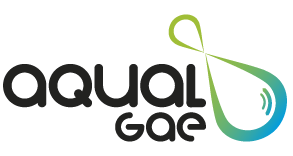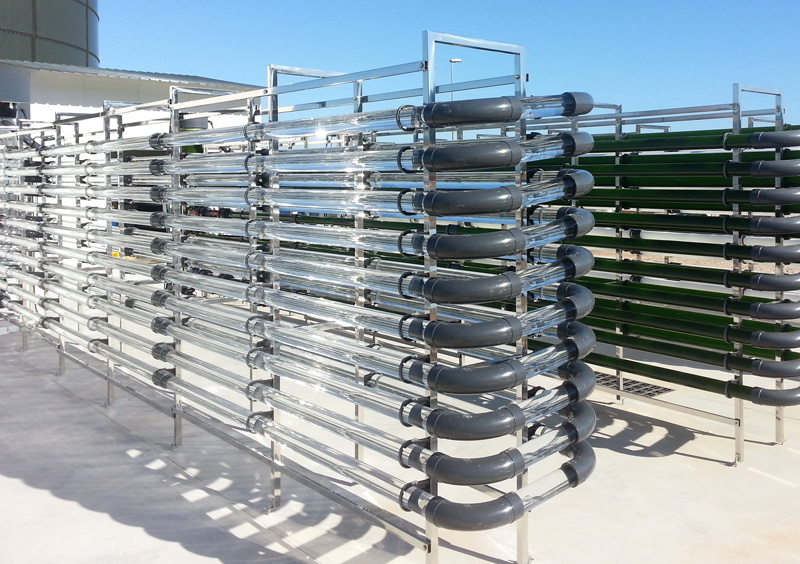Research of the microalgae production plants layout
In the design process of a microalgae production plant, there are several parameters to take into account, of which control has a final aim the production optimization.
Parameters such as the pH and CO2 level, the temperature or the lighting have traditionally been prioritized in most installations. However, in the case of outdoor plants with closed photobioreactors, there are still solutions and methods to be explored, which can make a meaningful difference in the productivity and energy optimization.
This could be the case of an apparently unimportant issue like the distance between each tubular photobioreactor, and aspect conditioned most of the times by the machine directives, the available space in a plant or even it is sometimes determined randomly.
Nevertheless, something that could be considered as unimportant could affect in some latitudes, where natural light levels are a conditioning factor because of its excess or default. A suitable distance between photobioreactors could maximize or minimize, depending on the singular needs, the solar irradiance that receives each photobioreactor. This gain importance because of the fact that lighting is a crucial and essential factor in the microalgae growing process; however, and excess of it could badly affect this process.
In the case of latitudes where light hours and its incidence may cause a problem during certain hours of the day in a specific season, a suitable gap can counteract the photoinhibition phenomenon. On the other hand, in latitudes where sunlight is low, it could be interesting to achieve the maximum sun exposure, without forgetting the plant borders.
The aim is to seek possible layouts in order to adequate the photobioreactors sun exposure to the required needs.
Deepening our knowledge about this and other issues takes a step further the microalgae production plants design. In Aqualgae, we are aware of this reality, and that is why we consider design as a continuous improvement, where none of the aspects is random. Consequently, research and studies have been conducted, so as to optimize our plants yield.










